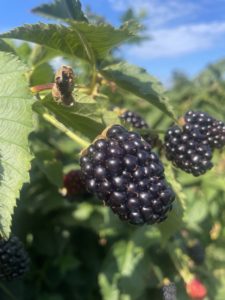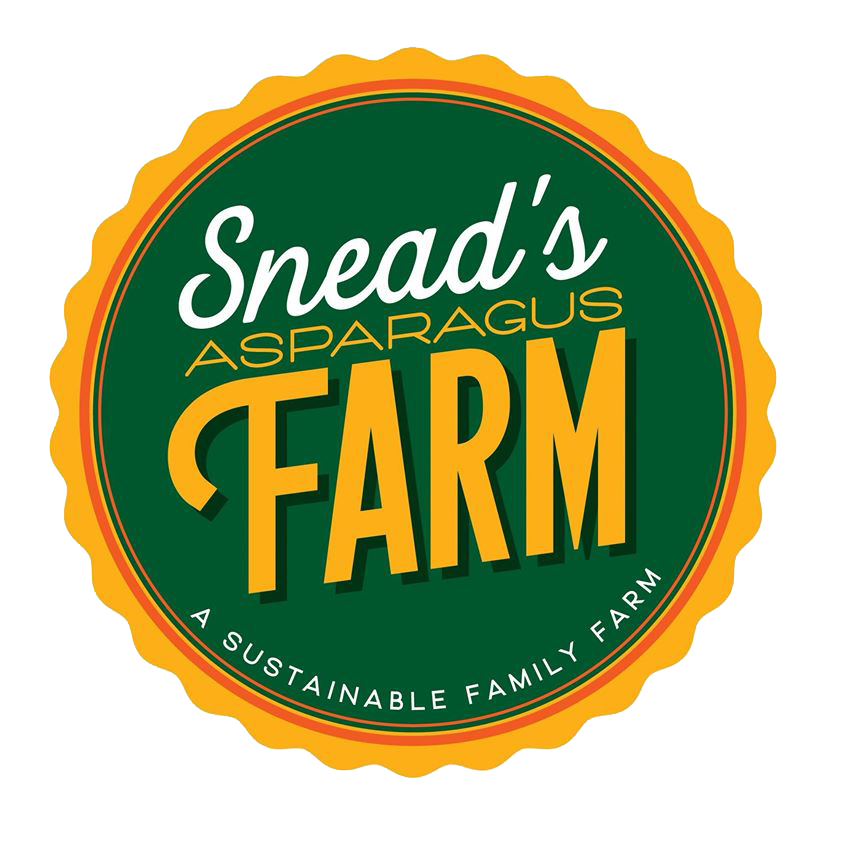
by Emmett Snead
I get a lot of questions about when and how to plant a garden. I do not know all the answers, but I can make up good answers in the form of glittering generalities. This is a talent I developed in college.
I have narrowed gardening down to six general categories. The first is spring planting for a full season, with a lot of space available. This would be for the more experienced gardener. Some suggested crops would be:
- beets
- cucumbers
- watermelon
- cantaloupe
- butter beans
- sweet corn (warning: varmints will always pick sweet corn exactly one day before you think it is ready)
- strawberries
- blueberries
- carrots
The second category is spring planting for a full season, for beginners with smaller spaces. A few good choices here are:
- herbs
- okra
- tomatoes
- pumpkins
- all kinds of winter squash (planted mid-June)
- potatoes
Potatoes can be especially fun when you involve children in the gardening.
Every time you go out to work in your garden, figure out a way to encourage your child or children to go with you. The big payoff will come the day that you decide to dig a hill of new potatoes. Potato plants are rather mundane-looking to a child. When you dig that first hill in front of your ch ild and all those potatoes roll out, the gasps and squeals of delight make it all worthwhile. Then you/they get to eat the fruits of (mostly) your labor.
The best eating potatoes are always the ones you grow yourself. For proof of this, check out a book in the library to read to your child called, “The Little Red Hen.” My fondest gardening memories as a child are digging potatoes with my grandfather and picking strawberries with him.
The third category is beautification/border crops, which you should plant in convenient places somewhere in your yard. Suggestions are:
- rhubarb
- asparagus (not near trees)
- blackberries
- raspberries
- grapes (trellised)
- pears
- peaches
- apples
- figs (plant on the southern side of your house)
- persimmons (make wonderful pudding and do not need to be sprayed)
The fourth category is cover crops planted when the earth would normally be nekkid (“nekkid” sounds more vulnerable than “naked” or “bare,” and hopefully will encourage the use of cover crops). Sunflowers and buckwheat can be planted together between May 1 and Aug. 1, or buckwheat by itself until Oct. 1.
Rape (Brassica napus) is a good cover crop for winter if planted about mid-August. All these crops double as excellent bee and bird food. Sunflowers, with seeds still in their heads, should be left standing all winter for songbirds to enjoy. The last two categories, which should be combined into one program, are for both beginners and more experienced gardeners. For a short-season spring garden, some crops you could grow would be:
- onion
- lettuce
- squash
- zucchini
- Swiss chard
- cabbage
- kohlrabi
- string beans
These crops will come off in plenty of time to allow you to plant another whole garden on the same land–in the same year.
You would then need to get the land in shape to be planted by Aug. 15 with such crops as collards, cress, curly kale, spinach, turnips, rutabagas, broccoli, cauliflower and string beans. These would be harvested during fall and early winter.
Just so you understand: The more people I convince to try gardening, the more my work as a farmer is appreciated.
